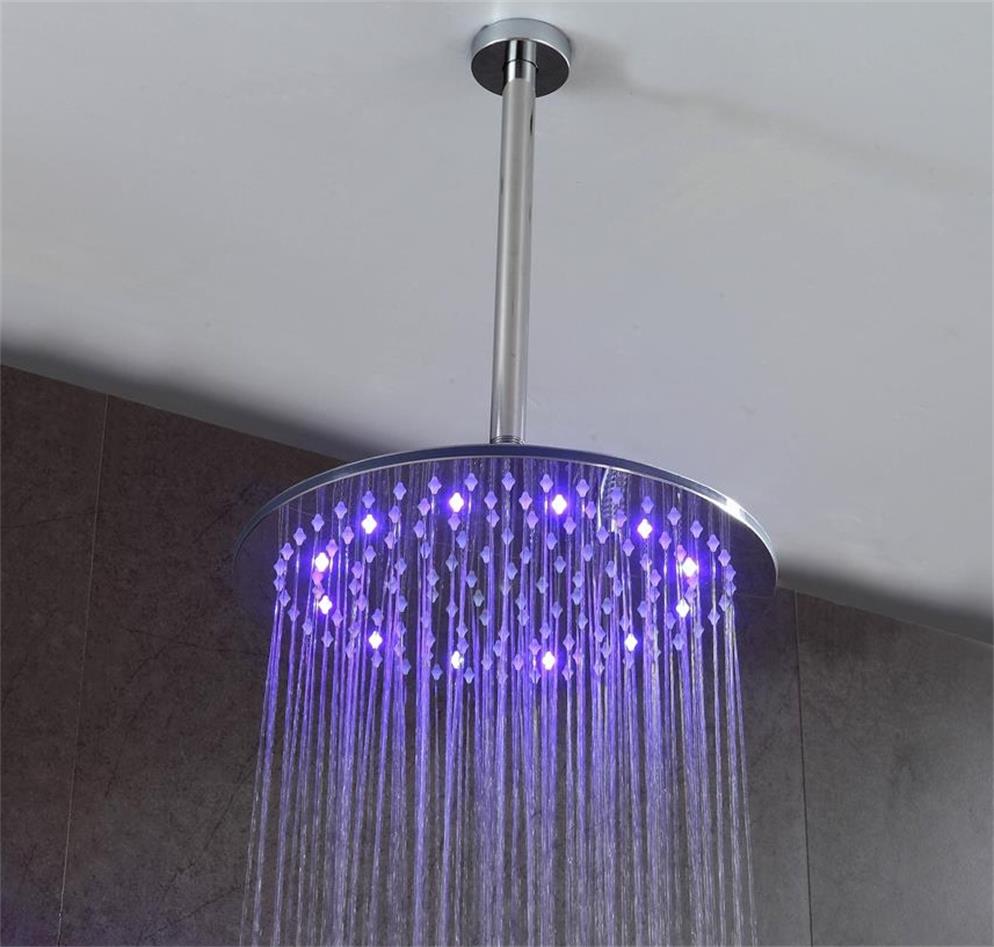The use of lacquer is very extensive, and there are many kinds. It can not only be painted on the wall, but also can be used on wood. Among them, the wood paint is divided into water-based wood paint and oil-based wood paint. So, what is the difference between water-based wood paint and oil-based wood paint? What are the types of waterborne wood lacquer? Here is an introduction.
Wood lacquer can maintain the air permeability of wood, prevent mildew, moisture, cracking, water and dirt, and chemical resistance. It can be applied with full luster, fresh smell, anti whitening, anti scratching, non-toxic and environmentally friendly.
What is the difference between water-based wood paint and oil-based wood paint?
1. the difference between water-based wood paint and oil-based wood paint – oil-based paint has higher relative hardness and fullness, but water-based paint has better environmental protection
2. the difference between water-based wood paint and oil-based wood paint - generally, oil-based paint uses organic solvents, which are usually called “Tianna water” or “banana water”. They are polluted and can be burned. It can be seen that water-based paint and oil-based paint have essential differences in environmental protection and health.
3. difference between water-based wood paint and oil-based wood paint – water-based wood paint is a product with high technical difficulty and high scientific and technological content in wood paint. Water based wood paint has the advantages of non-toxic, environment-friendly, odorless, little volatile matter, high safety, non yellowing, large painting area, etc.
What are the types of waterborne wood lacquer?
1. the type of water-based wood paint – pseudo water-based paint, when used, also needs to add curing agent or chemicals, such as “hardener”, “film enhancer”, “special dilution water”, etc. some can also be diluted with water, but the solvent content is very high, which is more harmful to human body, some even exceed the toxicity of oil-based paint, and some enterprises label it as water-based polyester paint. Consumers can easily tell.
2. types of water-based wood paint – water-based wood paint mainly composed of acrylic resin and polyurethane, which not only inherits the characteristics of acrylic paint, but also adds the characteristics of strong wear resistance and chemical resistance. Some enterprises label it as water-based polyester paint. The film hardness is good, the pencil rule test is 1H, the fullness is good, and the comprehensive performance is close to that of oily paint. At present, only a few domestic enterprises can produce.
3. the type of water-based wood paint – polyurethane water-based paint has superior comprehensive performance, high fullness, film hardness up to 1.5-2h, abrasion resistance even higher than oil-based paint, and obvious advantages in service life and color allocation. It is a good product in water-based paint.
4. type of water-based wood paint – water-based wood paint with acrylic acid as the main component is characterized by good adhesion, which will not deepen the color of wood, but poor wear resistance and chemical resistance. The hardness of paint film is relatively soft. The pencil rule is Hb, with poor fullness, general comprehensive performance, and easy to produce defects in construction. Because of its low cost and low technical content, it is the main product of most water-based paint enterprises to the market. This is also the reason why most people think that water-based paint is not good.
What should we pay attention to in the construction of waterborne wood paint?
1. The construction conditions of waterborne wood paint are: temperature 10 – 30 ℃; The relative humidity of 50 is better if it is about 23 ℃ and the humidity does not exceed 70 ± 1%, Too high or too low temperature may lead to poor coating effect, such as sagging, prickly heat, orange peel, bubbles and other defects. If painting is required when better construction conditions are not met, it is necessary to test whether the painting effect is satisfactory to avoid trouble.
2. When painting on the vertical surface, add 5% of the paint solution and dilute it with clean water before spraying or brushing. The spraying shall be thin, and the amount of dipping paint shall be small when brushing to avoid sagging. It is not allowed to finish the thick coating at one time, and the thin-layer and multi-layer construction shall be adopted.
If you want to carry out the construction of water-based wood paint, the construction method of water-based wood paint must be understood. Don’t think that the construction methods of all paints are the same, the application occasions are different, and the types of paints are different. The differences in the construction methods used are still large. What should be paid attention to in the construction of water-based wood paint explained above is very helpful to the construction.
Post time: Jun-22-2022

